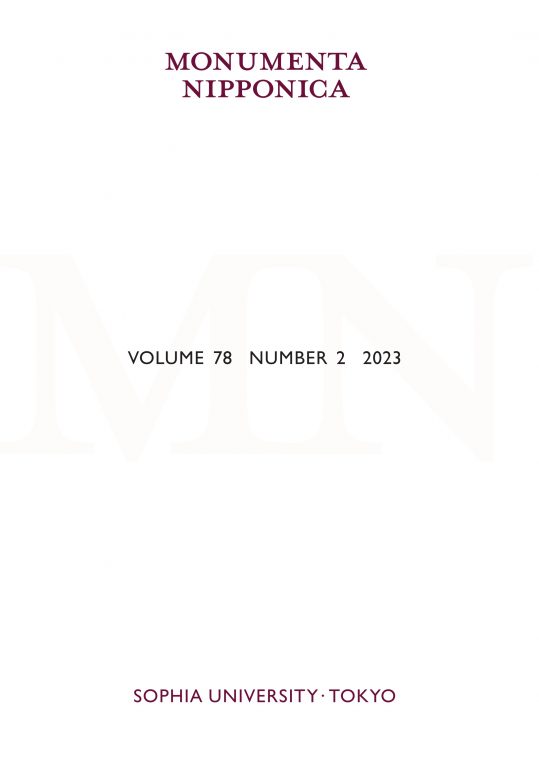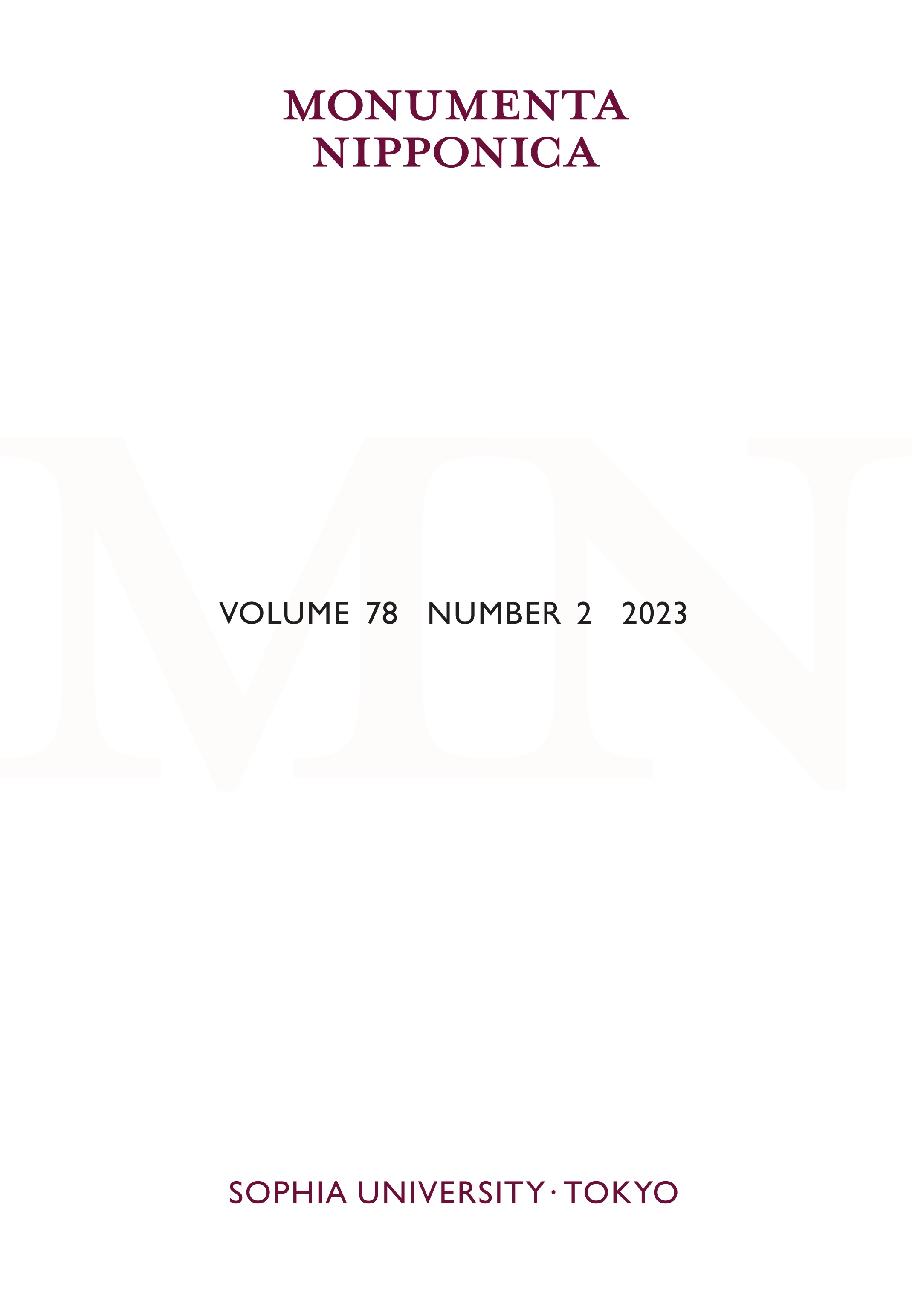Traces of Truth: Chūgan Engetsu’s KonhōronBrendan Arkell Morley
MN 78:2 (2023) pp. 189–221
This study examines Konhōron, a Japanese exegesis of a well-known episode from Zhuangzi—a foundational and highly imaginative work of Chinese philosophy. Authored in the fourteenth century by Chūgan Engetsu, a Zen monk and prominent intellectual, Konhōron treats the symbolic significance of two of Zhuangzi‘s most enigmatic characters: a gargantuan fish named Kun and an enormous bird named Peng. Chūgan’s text offers a finely wrought symbolic reading that integrates yin-yang theory, the trigrams of the Yijing and the Yellow River Chart, the five phases, numerology, and etymological analysis. The present article explicates the key arguments of Chūgan’s analysis, in particular his affirmation of language’s ability to capture phenomenal reality and of the pedagogical potential of fantasy as a means of expressing larger truths about the world. It further demonstrates how that analysis functioned, in part, as a defense of the use of numerological symbolism and the broader yin-yang framework as hermeneutical tools—a view that ran counter to the mainstream of earlier and contemporaneous commentary.

